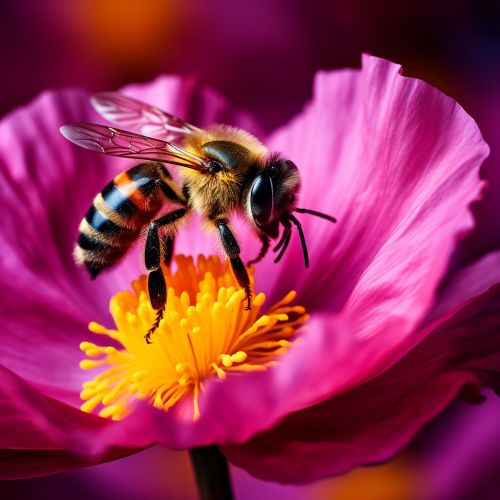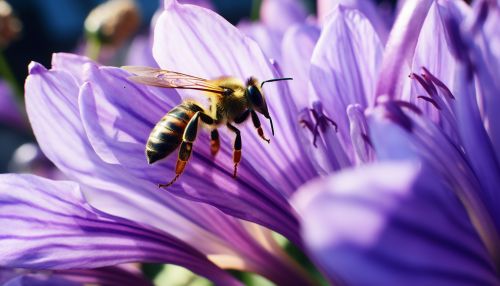The Evolution of Plant-Pollinator Interactions in Changing Climates
Introduction
The evolutionary history of plant-pollinator interactions has been shaped by the dynamic nature of the Earth's climate. As climates have changed, so too have the interactions between plants and their pollinators, leading to a complex web of relationships that continue to evolve today.


Evolutionary History of Plant-Pollinator Interactions
The earliest evidence of plant-pollinator interactions dates back to the Cretaceous, when flowering plants (angiosperms) first appeared. These plants evolved to attract insect pollinators, leading to a co-evolutionary process that has shaped the diversity and complexity of plant-pollinator interactions we see today.
Impact of Climate Change on Plant-Pollinator Interactions
Climate change poses significant challenges to plant-pollinator interactions. Changes in temperature and precipitation patterns can disrupt the synchrony between plant flowering times and pollinator activity, potentially leading to declines in plant reproduction and pollinator populations.
Mechanisms of Adaptation to Climate Change
Plants and pollinators have a variety of mechanisms to adapt to changing climates. These include phenotypic plasticity, evolutionary adaptation, and range shifts. However, the effectiveness of these mechanisms in mitigating the impacts of climate change on plant-pollinator interactions remains uncertain.
Future Directions and Conservation Strategies
Understanding the impacts of climate change on plant-pollinator interactions is critical for developing effective conservation strategies. Future research should focus on identifying vulnerable species and ecosystems, understanding the mechanisms of adaptation to climate change, and developing strategies to conserve plant-pollinator interactions in a changing climate.
